
Acrocephalus tangorum
Acrocephalus tangorum
The Far Eastern Reed Warbler is a medium-sized, dull grey-brown reed warbler···
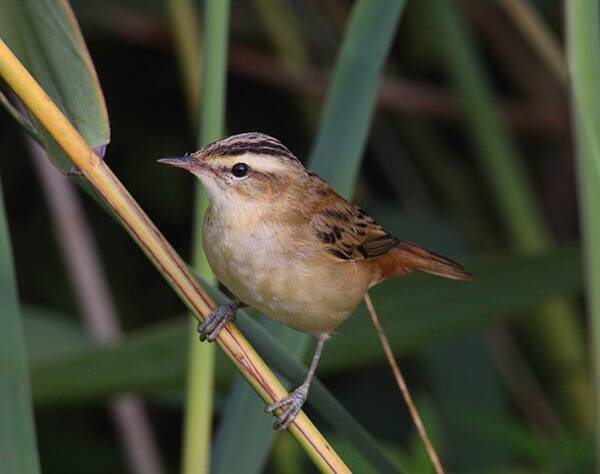
Acrocephalus schoenobaenus
Acrocephalus schoenobaenus,Sedge Warbler
The water reed warbler is a small bird with similar plumage for males and fe···
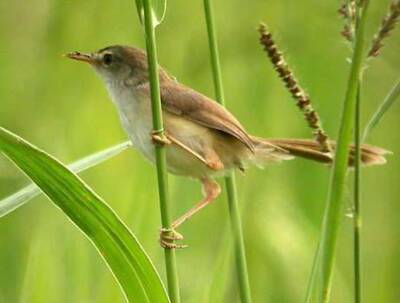
Acrocephalus concinens
Acrocephalus concinens,Blunt-winged Warbler
Blunt-winged reed warbler (scientific name: Acrocephalus concinens) is a bir···
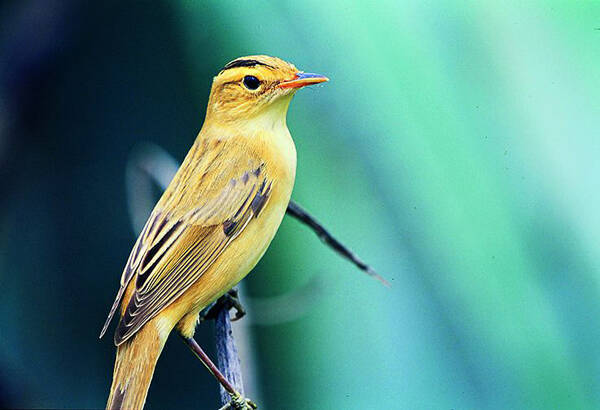
Acrocephalus sorghophilus
Acrocephalus sorghophilus,Spotted Reed Warbler
The Fine-striped Reed Warbler is a summer and migratory bird in my country, ···
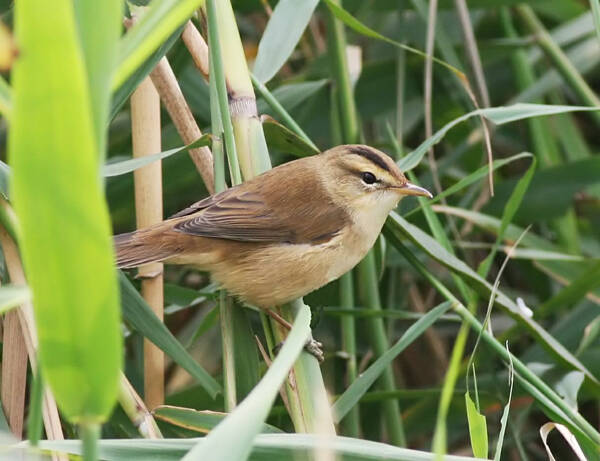
Acrocephalus bistrigiceps
Acrocephalus bistrigiceps,Willow leaves, mouth lashes
The black-browed reed warbler often moves alone or in pairs. It is alert and···
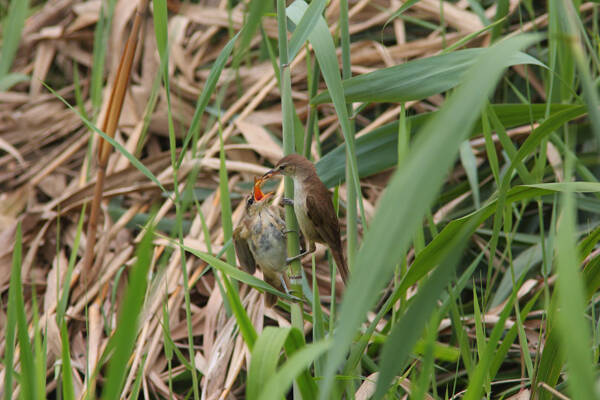
Acrocephalus stentoreus
Acrocephalus stentoreus,Southern Great Reed Warbler
The Noisy Great Reed Warbler is similar to the Great Reed Warbler. It often ···
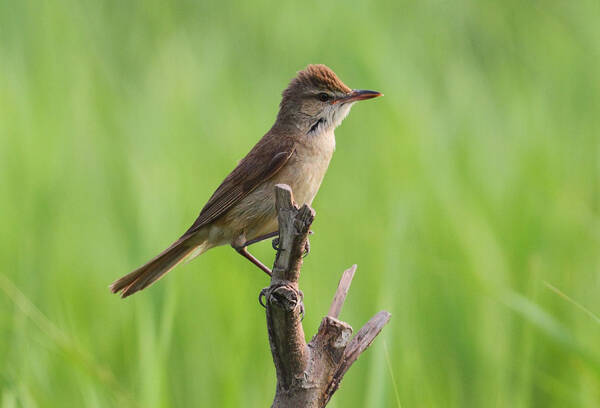
Acrocephalus orientalis
Acrocephalus orientalis,Reed strings, quacking, splitting reeds, chirping
Oriental Great Reed Warbler is a summer migratory bird in China, and some ar···
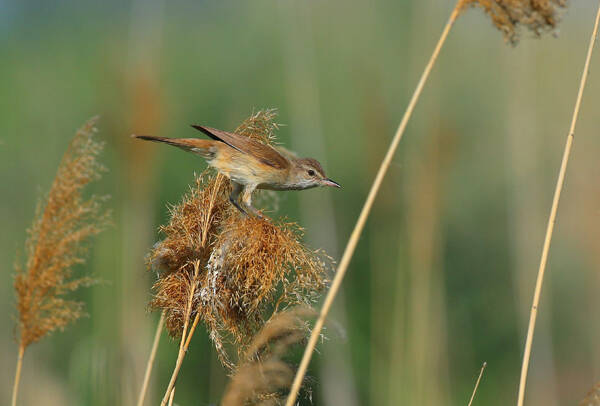
Acrocephalus arundinaceus
Acrocephalus arundinaceus,Large reed bundle, reed string, reed katydid
The Great Reed Warbler is a small bird, commonly known as the Great Reed War···
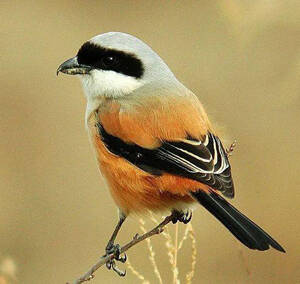
Lanius
Lanius,Brown Shirk,Butcher Bird,Butcher bird, Hubula, quail, shrike, shrike, shrike
Brown Shirk or Butcher Bird (scientific name Lanius) is a small carnivorous ···
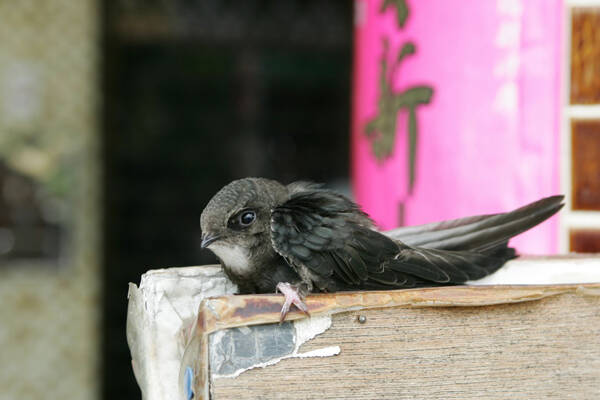
Apus nipalensis
Apus nipalensis,Little Swift
The small white-rumped swift lives and moves in groups. Sometimes it also fl···
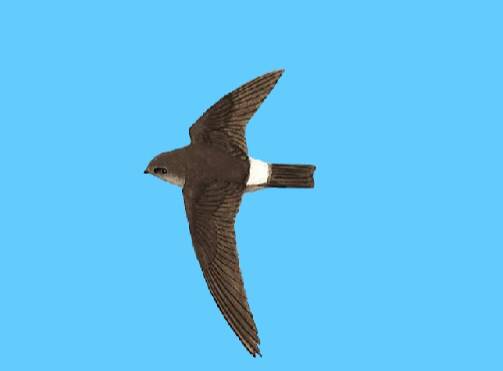
Apus acuticauda
Apus acuticauda,Dark-backed Swift
Dark-backed swift, Latin name Apus acuticauda, is distributed in the Indian ···
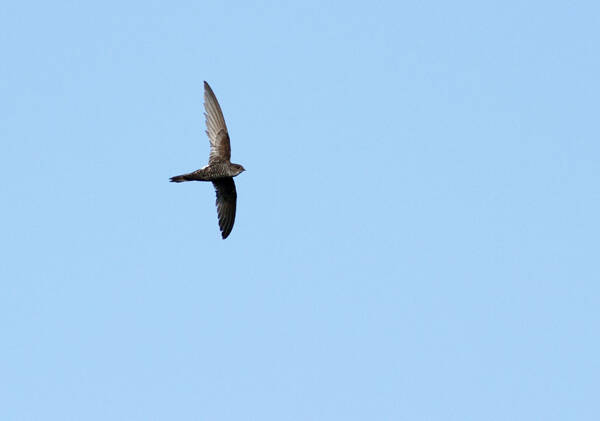
Apus pacificus
Apus pacificus,Fork-tailed Swift
White-rumped swifts are summer migratory birds. They migrate here in spring ···
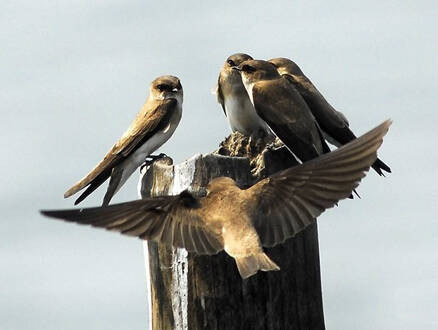
Apodidae
Apodidae,House swift, common swift
Apodidae (scientific name) is commonly known as swifts. In animal taxonomy, ···
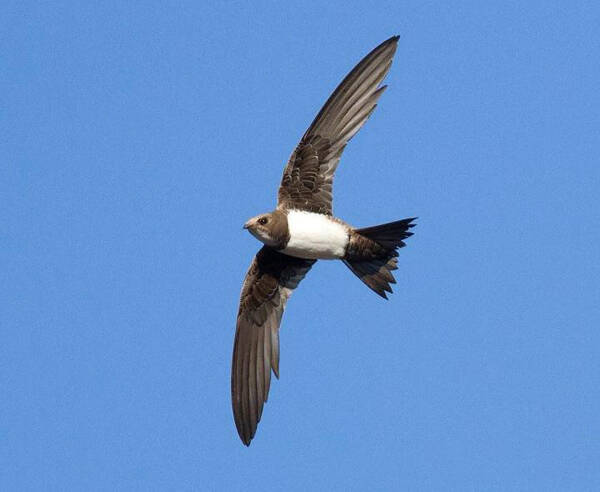
Tachymarptis melba
Tachymarptis melba
The Alpine Swift is a species of swift. Swifts are air-dwelling birds that o···
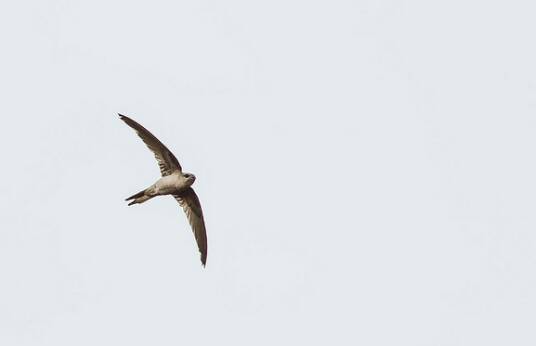
Asian Palm-swift
Asian Palm-swift,Cypsiurus balasiensis
Palm Swifts use the crowns of palm trees and their drooping dead leaves and ···
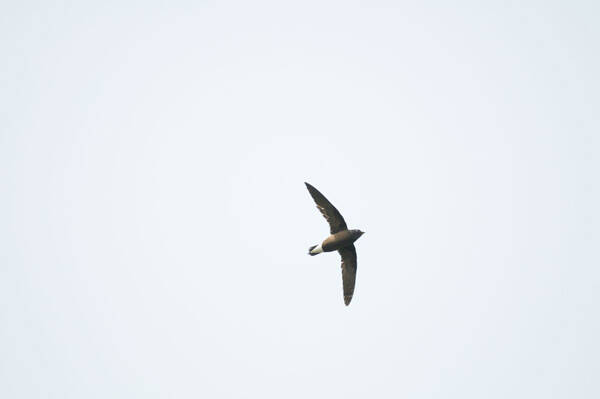
Hirundapus giganteus
Hirundapus giganteus,Brown-backed Spinetail
Brown-backed needle-tailed swift, Latin name: Hirundapus giganteus, is a lar···
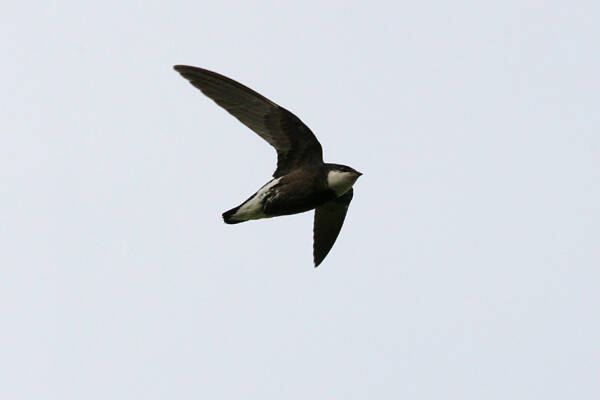
White-throated Needletail
White-throated Needletail,Hirundapus caudacutus
The White-throated Needle-tailed Swift is a bird of the genus Apodidae. It l···
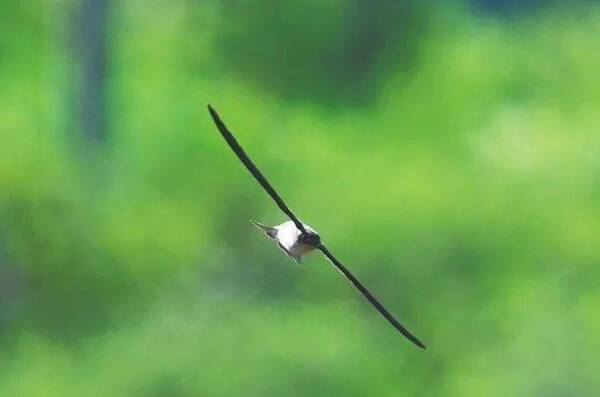
Germain's Swiftlet
Germain's Swiftlet
The Gouldian Swiftlet belongs to the Swiftidae family. The population is rar···
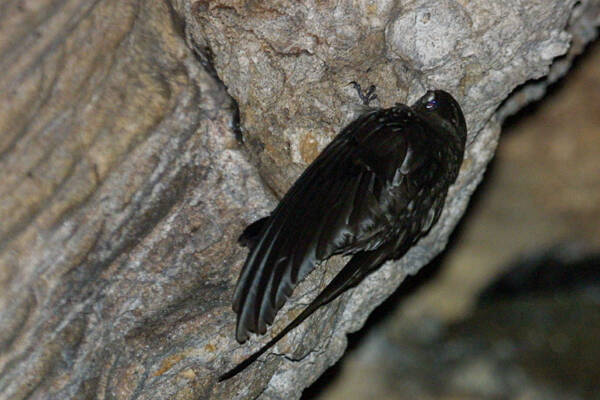
Aerodramus brevirostris
Aerodramus brevirostris,Himalayan Swiftlet
The short-billed swiftlet is a small bird that often flies in groups over it···
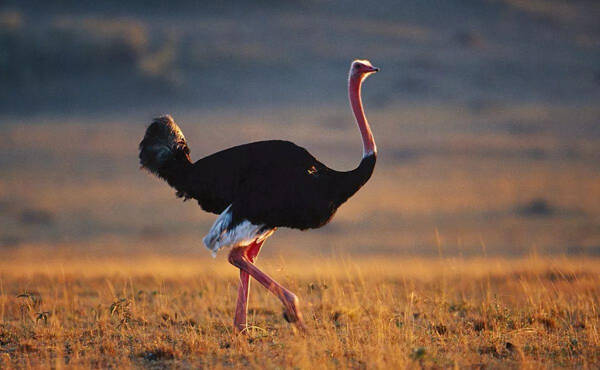
Struthio camelus
ostrich、Struthio camelus
The largest bird on earth is the African ostrich, which is also a flightless···
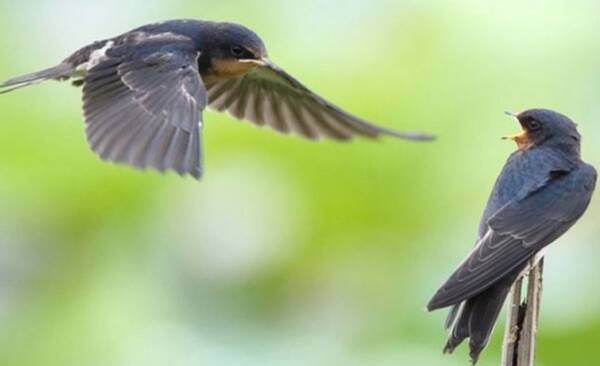
swift
swift,Guanyin swallow, swallow, clumsy swallow, house swallow, wild swallow, brown swift, European swift
The fastest animal on earth that can fly long distances is the Spine-tailed ···
